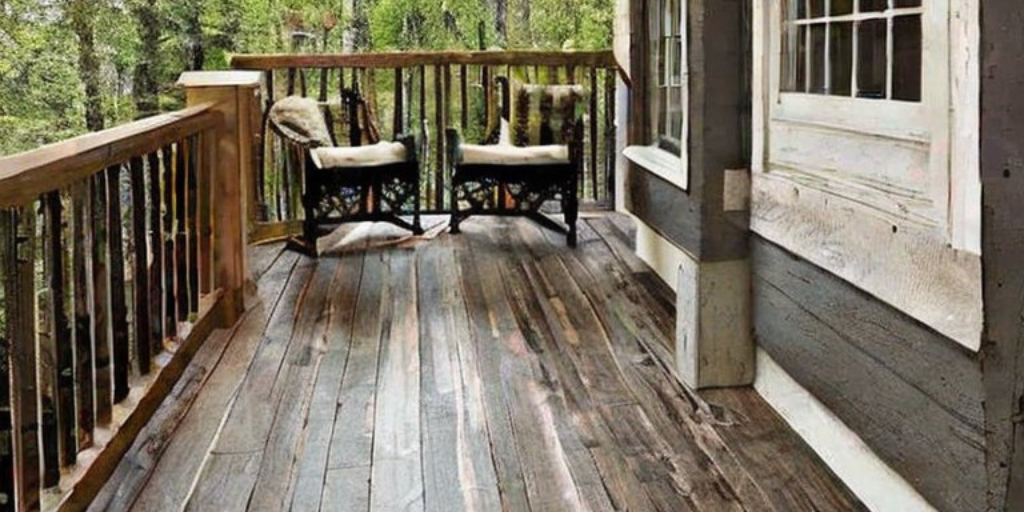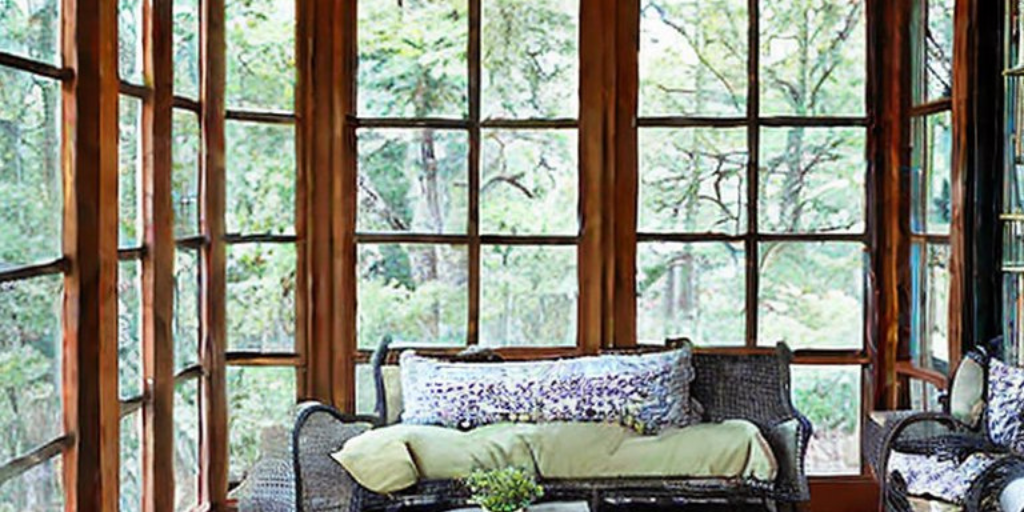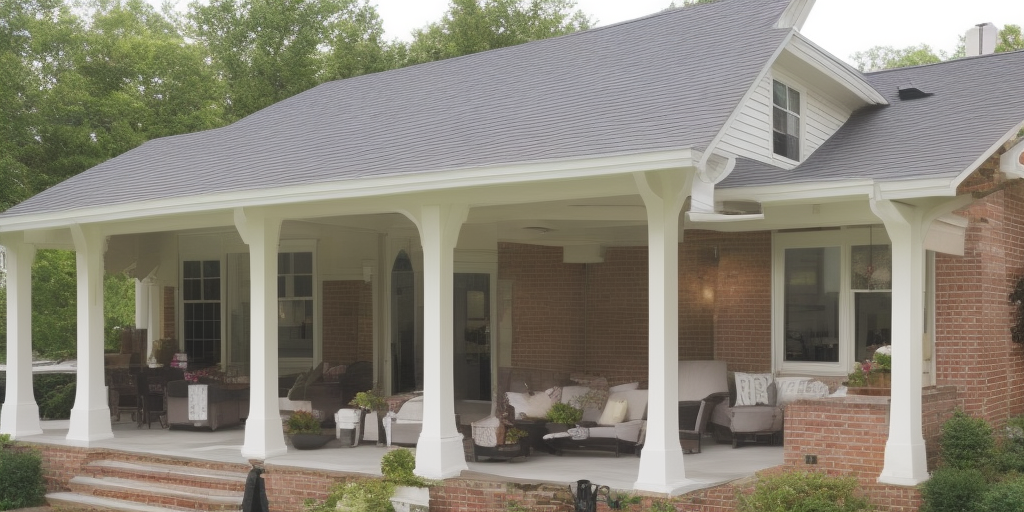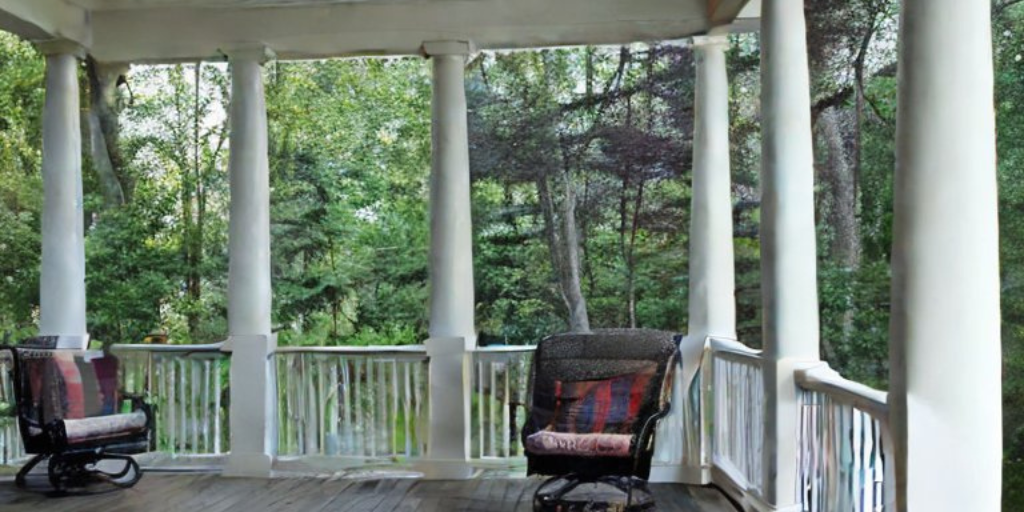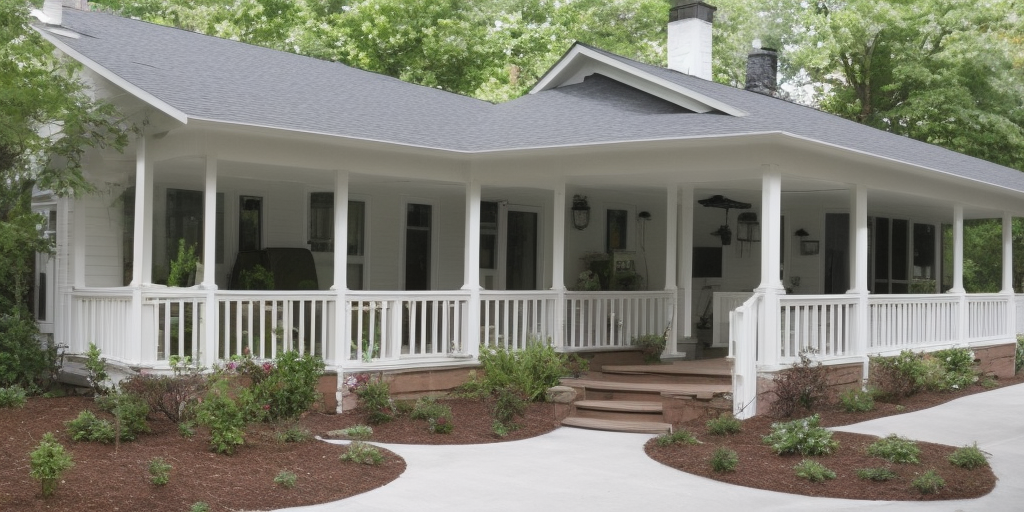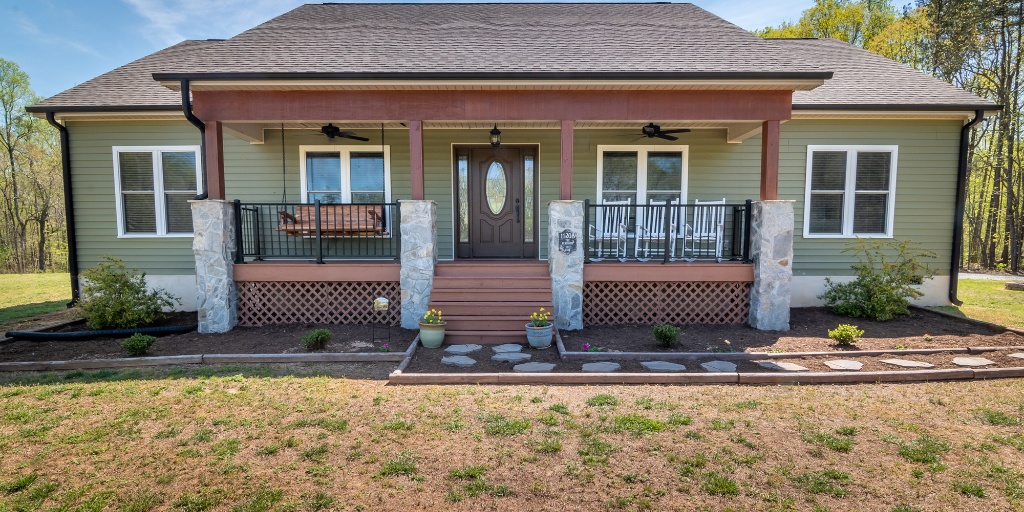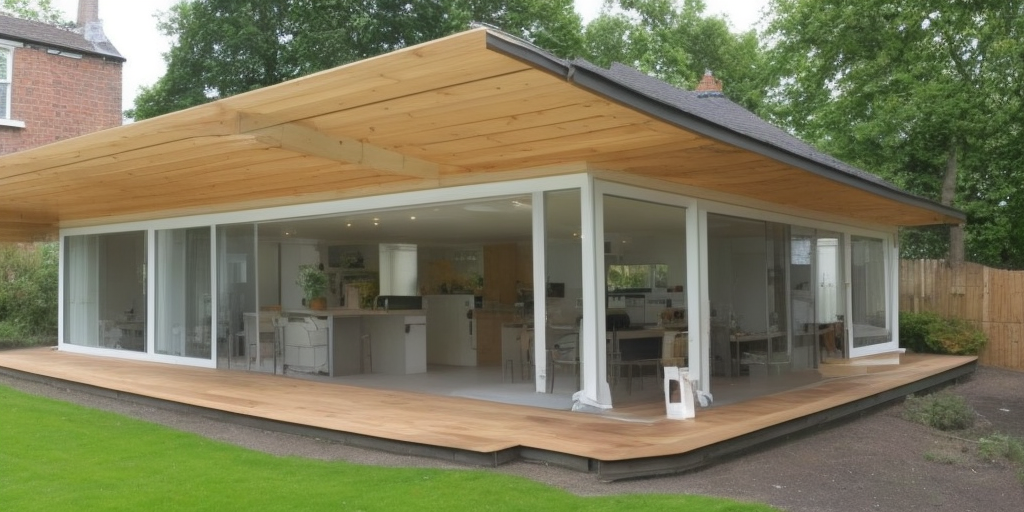Finding the top porch flooring options for a rustic look is a great idea. If you are looking to give your porch a rustic look, one of the most important things to consider is the flooring. The right flooring material can make a big difference in achieving the desired look and feel. Fortunately, there are several top porch flooring options that can help you achieve a rustic look that will last for years to come.
Tips for the top porch flooring options for a rustic look
Contents
- 1 Tips for the top porch flooring options for a rustic look
- 2 Which wood species is the best for a rustic porch floor?
- 3 Is brick a good option for a rustic porch flooring?
- 4 How to install flagstone as a porch flooring for a rustic look?
- 5 Can slate be used as a porch flooring material for a rustic look?
- 6 What are the pros and cons of using wood as a rustic porch flooring?
- 7 How to maintain a brick porch floor for a rustic look?
- 8 Which type of flagstone is best for a rustic porch flooring?
- 9 Is it possible to create a rustic porch flooring using concrete?
- 10 Can a rustic porch flooring be achieved with composite decking material?
- 11 How to protect and maintain a natural stone porch flooring for a rustic look?
- 12 Conclusion on the top porch flooring options for a rustic look
One popular porch flooring option for a rustic look is wood. Wood has a natural, warm appearance that can add character to your porch. Cedar and redwood are both excellent choices for their natural resistance to decay and insects. They are also relatively easy to work with and can be stained or painted to match your desired aesthetic.
Another option for a rustic porch flooring is brick. Brick provides a timeless, classic look that works well with a range of styles. It is durable and easy to maintain, making it a great choice for high-traffic areas. Plus, it has natural texture and warmth that can help create a cozy atmosphere on your porch.
For a more unique look, consider using flagstone or slate as your porch flooring. These natural stones provide a rugged, rustic feel that can give your porch a one-of-a-kind look. They are also incredibly durable and can withstand the elements without showing signs of wear and tear.
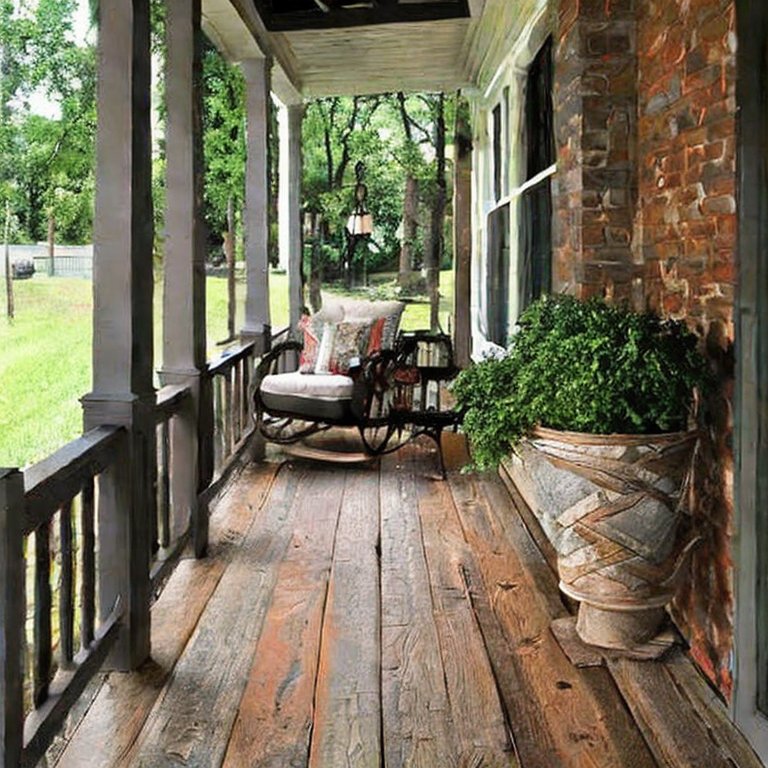

Which wood species is the best for a rustic porch floor?
When it comes to choosing the best wood species for a rustic porch floor, there are several factors to consider. First, you’ll want to choose a wood that has a natural, warm appearance. Cedar and redwood are both excellent choices for their rich color and distinct grain patterns. They also have a natural resistance to decay and insects, making them a durable option for outdoor use.
Another important factor to consider is the hardness and density of the wood. You’ll want a wood that is tough enough to withstand heavy foot traffic and the elements. Douglas fir, Southern yellow pine, and cypress are all popular options for their strength and durability.
However, keep in mind that these woods may require more maintenance and care than cedar or redwood. Overall, the best wood species for a rustic porch floor depends on your specific needs and preferences, as well as the climate and environment in which your porch is located.
Is brick a good option for a rustic porch flooring?
Brick is a popular option for a rustic porch flooring due to its timeless, classic look. It is durable, long-lasting, and relatively easy to maintain, making it a great choice for high-traffic areas.
Brick also has a natural texture and warmth that can help create a cozy atmosphere on your porch. It is available in a range of colors and sizes, so you can choose a style that best suits your aesthetic.
When considering brick as a porch flooring option, it’s important to keep in mind that it can be more expensive and time-consuming to install than other materials. It requires a solid, level base and proper drainage to prevent moisture from seeping in and causing damage.
Additionally, brick can become slippery when wet, so it’s important to use a non-slip sealer to ensure safety. However, with proper installation and maintenance, brick can provide a beautiful and durable porch flooring option for a rustic design.
How to install flagstone as a porch flooring for a rustic look?
Installing flagstone as a porch flooring for a rustic look requires careful planning and preparation. First, you’ll need to excavate the area to a depth of at least six inches and lay a compacted gravel base to ensure proper drainage. Next, you’ll need to create a level surface by filling in low spots and removing high spots. A layer of sand or crushed limestone can be used to level out the surface.
Once the base is prepared, you can start laying the flagstone. It’s important to choose stones that are relatively uniform in thickness to ensure a level surface. Begin by laying the largest stones first, starting at one corner of the porch and working your way out.
Place each stone in a bed of mortar and tap it into place with a rubber mallet. Leave a small gap between each stone to allow for expansion and contraction due to changes in temperature. Once all the stones are in place, fill the gaps with a mixture of sand and mortar, and brush off any excess.
Finally, seal the flagstone with a water-resistant sealer to protect it from staining and weathering. With proper installation and maintenance, flagstone can provide a beautiful and durable porch flooring option for a rustic design.
Can slate be used as a porch flooring material for a rustic look?
Slate is a natural stone that can provide a unique and rustic look to your porch flooring. It is a dense, durable material that is resistant to water, weathering, and scratches.
Slate is also available in a wide range of colors and textures, making it easy to find a style that complements your design aesthetic. In addition, it is relatively low-maintenance, requiring only periodic cleaning and sealing to maintain its appearance.
When considering slate as a porch flooring option, it’s important to keep in mind that it can be more expensive than other materials such as wood or concrete. It also requires a stable and level base to prevent cracking or shifting over time.
Additionally, slate can become slippery when wet, so it’s important to use a non-slip sealer to ensure safety. Despite these considerations, slate can be a beautiful and unique porch flooring option for a rustic design that will last for years to come.
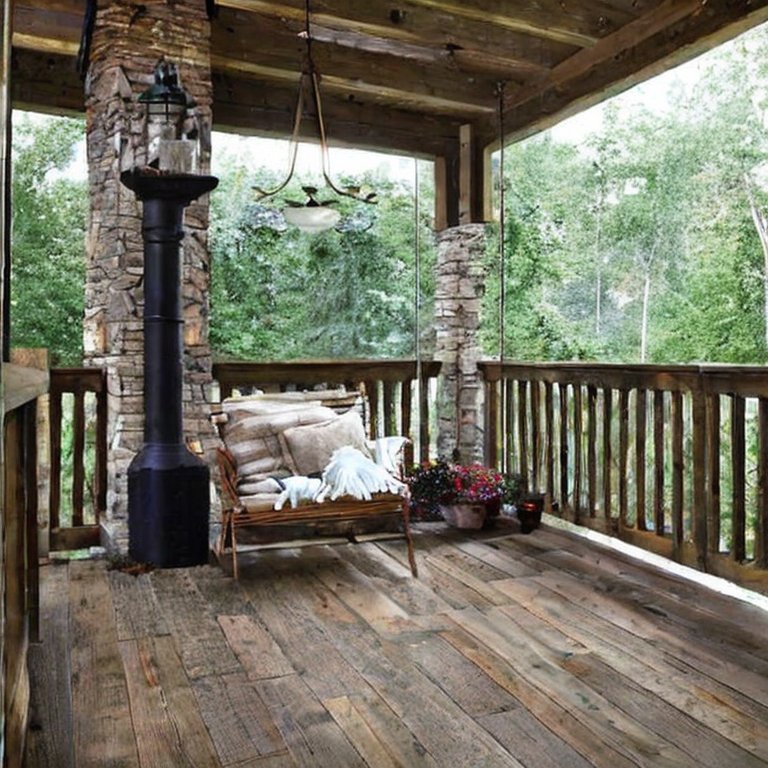

What are the pros and cons of using wood as a rustic porch flooring?
Wood is a popular choice for a rustic porch flooring due to its natural beauty and warmth. It is available in a variety of species, each with its unique color and grain pattern. Wood is also relatively easy to install, and it can be cut and shaped to fit any design or space.
Furthermore, wood is a renewable resource, making it an eco-friendly choice for homeowners who are conscious of their environmental impact. However, wood also has some drawbacks as a porch flooring material. It requires regular maintenance to prevent rot, warping, and insect infestation.
This can include sealing, staining, and refinishing the wood every few years. Furthermore, wood can become slippery when wet, posing a safety risk for homeowners and guests.
Another potential downside of wood as a porch flooring material is its susceptibility to weathering and fading. Over time, wood can become discolored or develop cracks and splinters, particularly in areas with high humidity or temperature fluctuations.
This can make the porch look worn and outdated, requiring more frequent maintenance or even replacement. Despite these drawbacks, wood remains a popular choice for a rustic porch flooring due to its natural beauty and warmth, and with proper care and maintenance, it can provide a durable and long-lasting flooring option.
How to maintain a brick porch floor for a rustic look?
Maintaining a brick porch floor for a rustic look requires regular cleaning and sealing. First, you’ll need to remove any debris, dirt, or stains from the surface of the bricks. This can be done using a mixture of warm water and mild detergent, along with a stiff-bristled brush or pressure washer.
Be sure to rinse the surface thoroughly to remove all soap residue. If the bricks have stubborn stains or mildew, you may need to use a specialized cleaner or hire a professional to remove them.
Once the bricks are clean and dry, you’ll need to seal them to protect them from moisture and weathering. There are many types of brick sealers available, including penetrating sealers, film-forming sealers, and water-repellent sealers. Be sure to choose a sealer that is appropriate for your specific type of brick and climate.
Apply the sealer using a roller or sprayer, and be sure to follow the manufacturer’s instructions for drying time and reapplication. With proper cleaning and sealing, your brick porch floor can provide a beautiful and durable flooring option for a rustic design.
Which type of flagstone is best for a rustic porch flooring?
When it comes to choosing the best type of flagstone for a rustic porch flooring, there are a few factors to consider. First and foremost, you’ll want to choose a type of stone that is dense and durable enough to withstand foot traffic, weathering, and other outdoor elements.
Some of the most popular types of flagstone for porch flooring include sandstone, limestone, and slate, each of which has its unique color and texture. Sandstone is a popular choice due to its warm, earthy tones and natural variation, while limestone is prized for its uniform texture and subtle coloring. Slate, on the other hand, provides a dramatic and unique look with its deep hues and intricate veining.
In addition to durability and aesthetics, you’ll also want to consider the thickness and size of the flagstones you choose. Ideally, you’ll want stones that are relatively uniform in thickness to ensure a level surface, with a size that complements the scale and proportion of your porch.
Keep in mind that larger stones may require more cutting and shaping, while smaller stones may require more grouting and maintenance. Ultimately, the best type of flagstone for your rustic porch flooring will depend on your personal preference, budget, and design goals.
Is it possible to create a rustic porch flooring using concrete?
Yes, it is possible to create a rustic porch flooring using concrete. With the use of stamped concrete, you can achieve a variety of textures and patterns that mimic the look of natural materials like stone, brick, or wood.
For example, a stamped concrete porch floor can be designed to look like rustic wood planks, complete with knots, grains, and even saw marks. Similarly, a stamped concrete floor can be made to resemble weathered flagstone or rough-hewn brick, providing a durable and low-maintenance alternative to natural materials.
In addition to its versatility and durability, concrete has a few other benefits as a porch flooring material. It is relatively easy to install, requiring only a few basic tools and materials. Concrete is also resistant to moisture, insects, and fire, making it a practical choice for outdoor living spaces.
However, there are some downsides to using concrete as a porch flooring material. It can be slippery when wet, and it may crack or chip over time due to temperature changes or heavy use. Furthermore, the initial cost of stamped concrete can be higher than some natural materials, although the low maintenance and long lifespan can make it a cost-effective option in the long run.
Can a rustic porch flooring be achieved with composite decking material?
Yes, it is possible to achieve a rustic porch flooring using composite decking material. Many composite decking manufacturers offer products that mimic the look and feel of natural wood, including the knots, grains, and colors that are characteristic of rustic designs.
Composite decking is made from a blend of recycled plastics and wood fibers, providing a durable and low-maintenance option for outdoor flooring. It is resistant to moisture, insects, and rot, and does not require the same level of maintenance as natural wood.
In addition to its durability and low-maintenance, composite decking also offers a few other benefits as a porch flooring material. It is available in a wide range of colors and finishes, allowing you to achieve the exact look you want for your rustic design. Composite decking is also easy to install, requiring only basic tools and hardware.
However, there are some downsides to using composite decking as a porch flooring material. It can be more expensive than natural wood, and it may be prone to scratching and fading over time. Additionally, composite decking can become hot in direct sunlight, making it uncomfortable to walk on barefoot in the summer months.
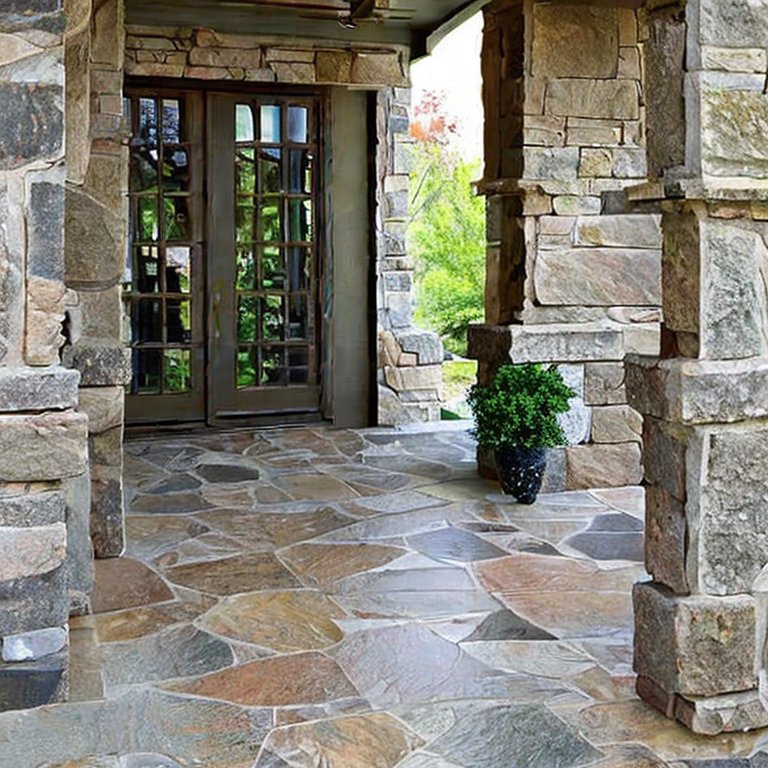

How to protect and maintain a natural stone porch flooring for a rustic look?
Natural stone porch flooring is a beautiful and durable option for a rustic look, but it does require some maintenance to keep it looking its best. One of the most important steps in protecting natural stone is to seal it regularly. This will help to prevent stains and moisture from penetrating the surface of the stone, which can lead to discoloration and damage over time.
There are a variety of stone sealers available, so be sure to choose one that is specifically formulated for your type of stone. Follow the manufacturer’s instructions for application and reapplication, as the frequency of sealing will depend on the type and condition of your stone.
In addition to regular sealing, it’s important to clean your natural stone porch flooring regularly to prevent buildup of dirt and debris. Avoid using harsh chemicals or abrasive scrubbers, as these can damage the surface of the stone. Instead, use a mild soap or stone-specific cleaner, along with a soft-bristled brush or mop.
Be sure to rinse thoroughly with clean water and allow the stone to air-dry completely before walking on it. If you notice any stains or discoloration, address them promptly with a stain remover or poultice. With proper care and maintenance, natural stone porch flooring can last for many years and continue to provide a beautiful, rustic look to your outdoor space.
Conclusion on the top porch flooring options for a rustic look
In conclusion, when looking for the top porch flooring options for a rustic look, there are several things to consider. Wood, brick, flagstone, and slate are all excellent choices that can provide the warmth and character you are looking for.
Whether you prefer a classic or more unique look, these materials can help you achieve your desired aesthetic while also providing durability and longevity. So, consider your options and choose the porch flooring that best suits your needs and style.
